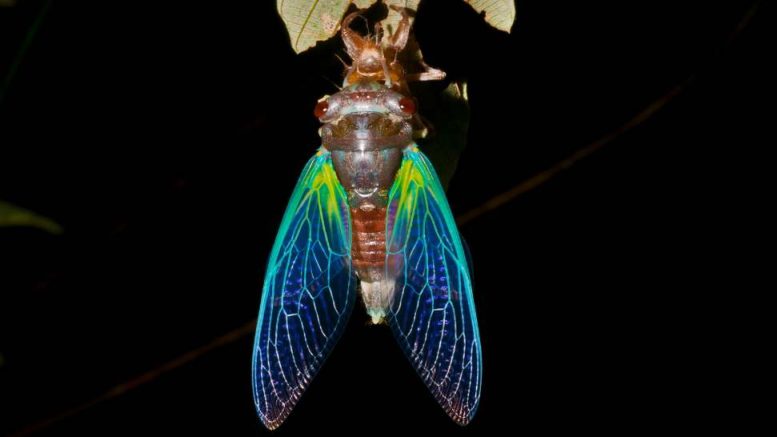Get ready, Milton: cicadas are coming this summer
This summer, Milton, Massachusetts is set to experience a rare natural phenomenon—the emergence of Brood XIV cicadas. These periodical cicadas only appear once every 17 years, and their arrival is expected to create quite a buzz—literally and figuratively. Here’s what you can expect and how to prepare.
What are Brood XIV cicadas?
Brood XIV is one of the largest broods of 17-year cicadas in the eastern United States. These insects are known for their striking red eyes, black bodies, and incredibly loud mating calls. Unlike annual cicadas, which emerge every summer, periodical cicadas live underground for nearly two decades before surfacing in large numbers.
When will they arrive?
In Milton and the surrounding areas, cicadas are expected to emerge in late May or early June, depending on soil temperatures. Once the ground warms to about 64°F at a depth of 8 to 12 inches, they’ll start to appear. The full emergence typically lasts for four to six weeks.
What to expect in Milton
1. Noise
Male cicadas produce a loud, high-pitched buzz to attract females—a sound that can reach up to 100 decibels, similar to a motorcycle or lawn mower. In areas with dense populations, the noise can be intense, especially during the warmest parts of the day.
2. High numbers
While the exact density in Milton isn’t known, historical activity from Brood XIV in nearby parts of Massachusetts suggests there could be significant numbers in wooded and suburban areas.
3. Tree damage
Cicadas don’t bite or sting and pose no direct threat to humans, but they do lay eggs in small tree branches. This can cause minor damage to young or newly planted trees, often resulting in a condition called “flagging,” where branch tips wilt or break off.
How to prepare
- Protect young trees: If you’ve recently planted saplings, consider covering them with fine mesh netting (with holes no larger than ¼ inch) to prevent egg-laying damage.
- Pet precautions: Cicadas aren’t toxic, but eating too many can upset your pet’s stomach. Keep an eye on curious dogs or cats in the yard.
- Coping with the noise: If you’re sensitive to sound, use earplugs or white noise machines indoors to help muffle the cicada chorus.
Why pest control isn’t ideal for cicadas
-
Cicadas aren’t harmful pests:
They don’t bite, sting, infest homes, or spread disease. Their activity is brief (4–6 weeks) and largely focused on mating and laying eggs. -
Insecticides don’t work well:
Because cicadas emerge in huge numbers and are primarily above ground for only a few weeks, spraying chemicals has little impact—and would need to be done repeatedly, which is environmentally damaging and not cost-effective. -
Collateral damage:
Pesticides used against cicadas can harm beneficial pollinators like bees and butterflies, as well as birds and other wildlife that feed on cicadas.
What can be done:
-
Protect young trees:
Use fine netting or mesh with holes smaller than ¼ inch to cover small or newly planted trees. This prevents females from laying eggs in tender branches. -
Delay planting new trees:
If you’re thinking of planting saplings, consider waiting until fall to avoid egg-laying season. -
Manual removal:
If cicadas are clustering on a specific plant or tree, you can gently knock them off or spray them with a hose. -
Let nature balance it out:
Birds, squirrels, and even some pets will naturally help reduce cicada numbers.
Bottom line:
Trying to exterminate cicadas isn’t practical or environmentally friendly. Instead, focus on protection and tolerance—and remember, this event only happens every 17 years!
A rare opportunity
Though they may seem like a nuisance, cicadas offer a unique chance to witness one of nature’s rarest and most fascinating life cycles. Their emergence is a reminder of how deeply interconnected life is with the rhythms of the Earth—right beneath our feet, waiting patiently to rise.



Be the first to comment on "Get ready, Milton: cicadas are coming this summer"